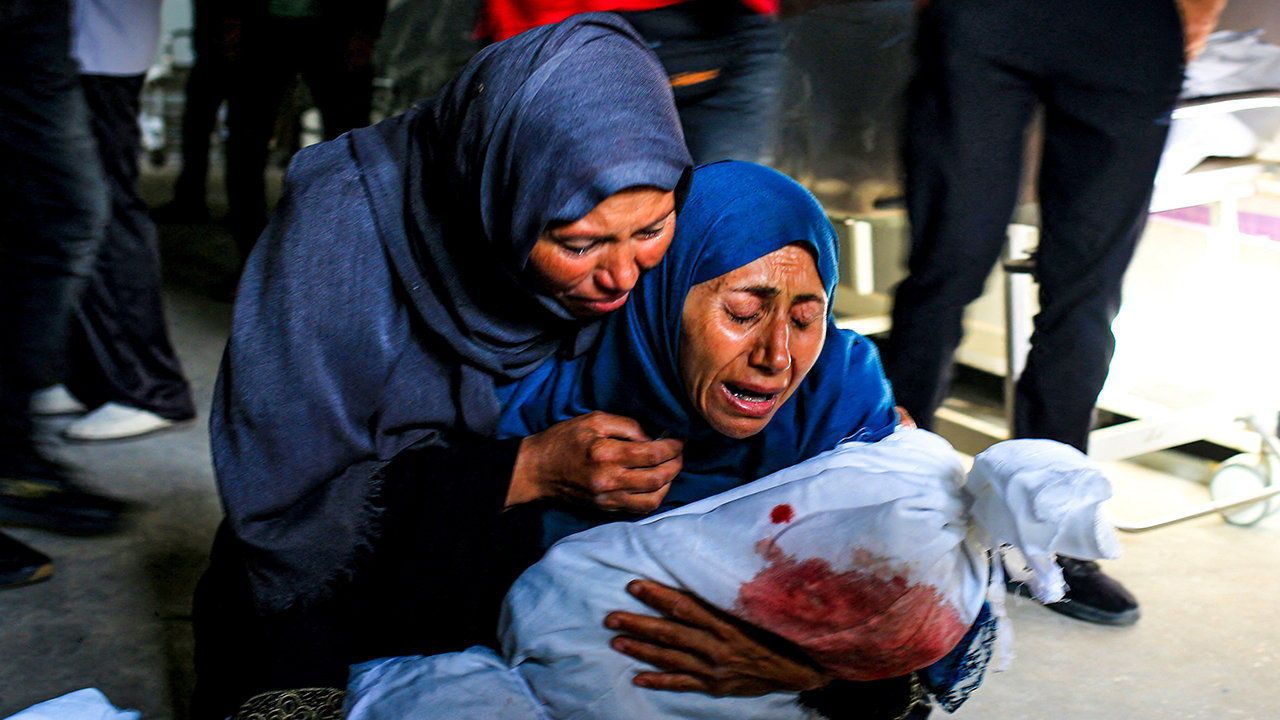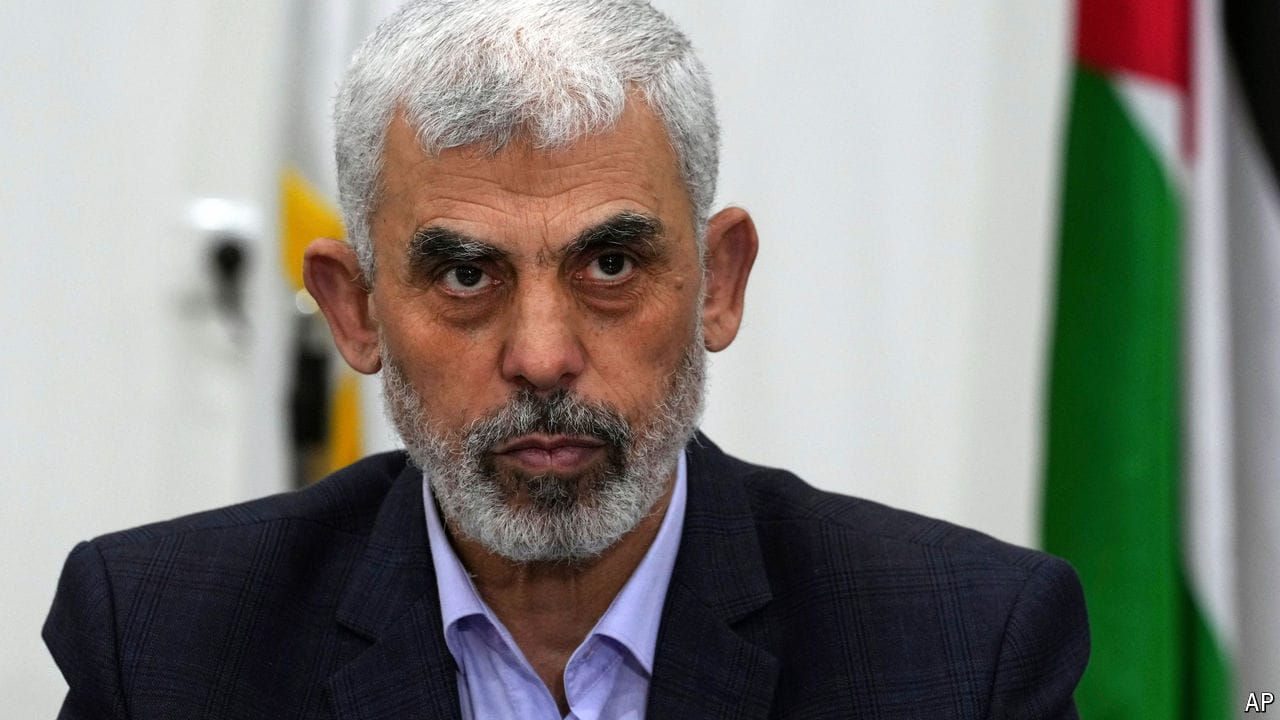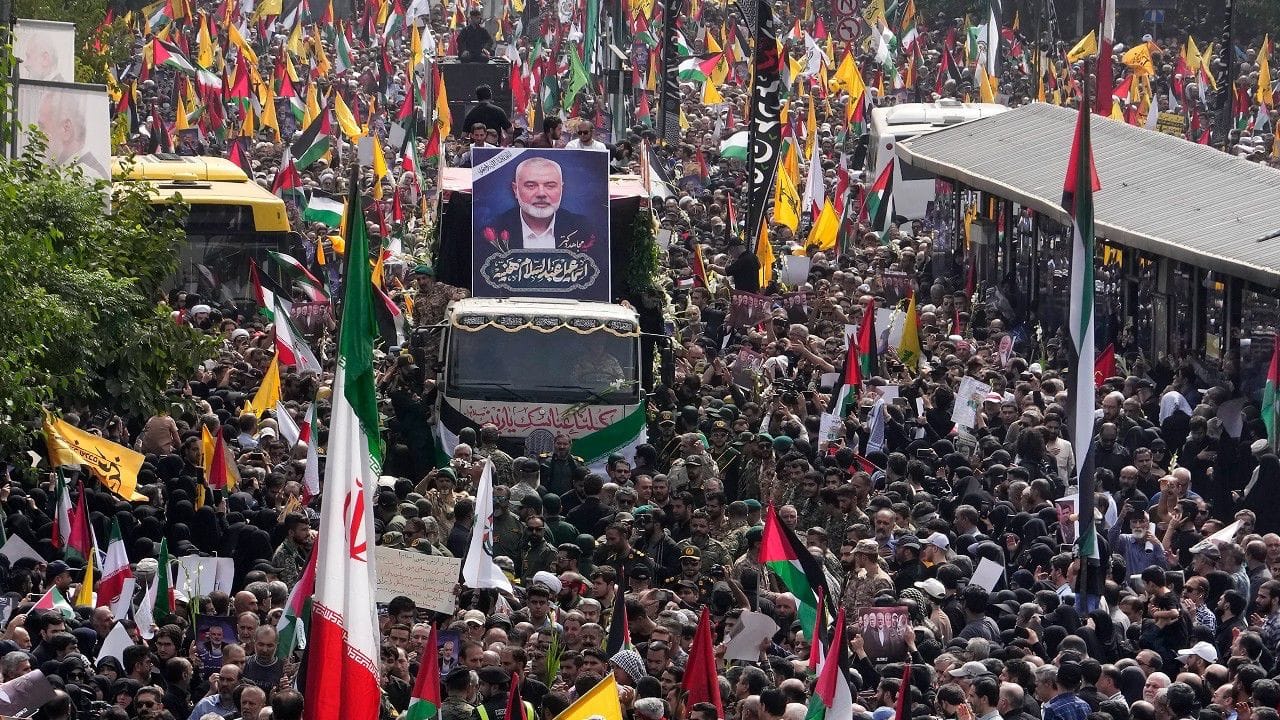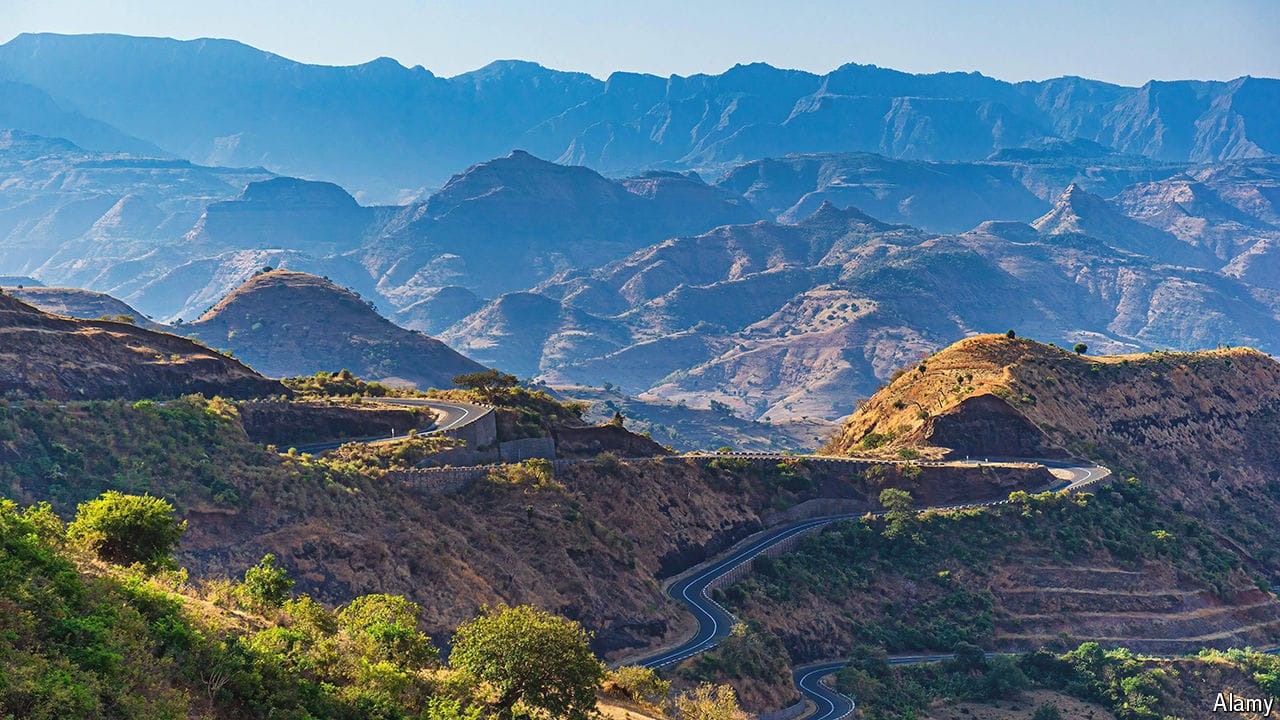Outrage at a strike in Rafah is unlikely to change policy
America has already said the incident does not cross its red lines

Only one detail of the events of the night of May 26th is undisputed: dozens of people were killed in an Israeli air strike in Rafah. Palestinians say that several large bombs were used to target a camp of civilians, uprooted from other parts of war-torn Gaza. The Israel Defence Forces (idf) acknowledge there was a strike but claim they used two smaller missiles to target two senior Hamas men who were killed. The additional deaths, they insist, were caused by secondary explosions—a vehicle carrying explosives or a fuel truck—that they had not foreseen.
Explore more
This article appeared in the Middle East & Africa section of the print edition under the headline “Horrors in Rafah”
Middle East & Africa June 1st 2024
More from Middle East & Africa

Hamas’s pick of Yahya Sinwar as leader makes a ceasefire less likely
The appointment of the architect of October 7th ties the group closer to Iran

The Middle East braces for wider war as Iran weighs its response
After Israeli strikes, America is rushing troops to the region and airlines are steering clear

Ethiopia is in the midst of a kidnapping epidemic
As the government hails a new IMF deal, lawlessness is spreading
Somaliland’s camel herders are milking it
Commercial dairies are scaling up an old trade
Will Hamas turn from war to politics?
The assassination of its political leader poses a string of dilemmas
Israeli strikes on Beirut and Tehran could intensify a regional war
At the very least, they will delay talks over a ceasefire in Gaza
